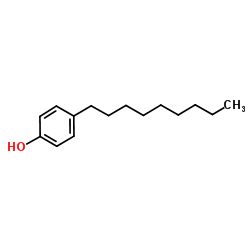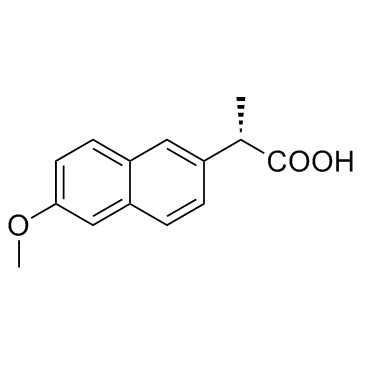| Structure | Name/CAS No. | Articles |
|---|---|---|
 |
bisphenol A
CAS:80-05-7 |
|
 |
4-Nonylphenol
CAS:104-40-5 |
|
 |
Naproxen
CAS:22204-53-1 |
|
 |
Diclofenac potassium
CAS:15307-81-0 |
|
 |
Diclofenac sodium
CAS:15307-79-6 |